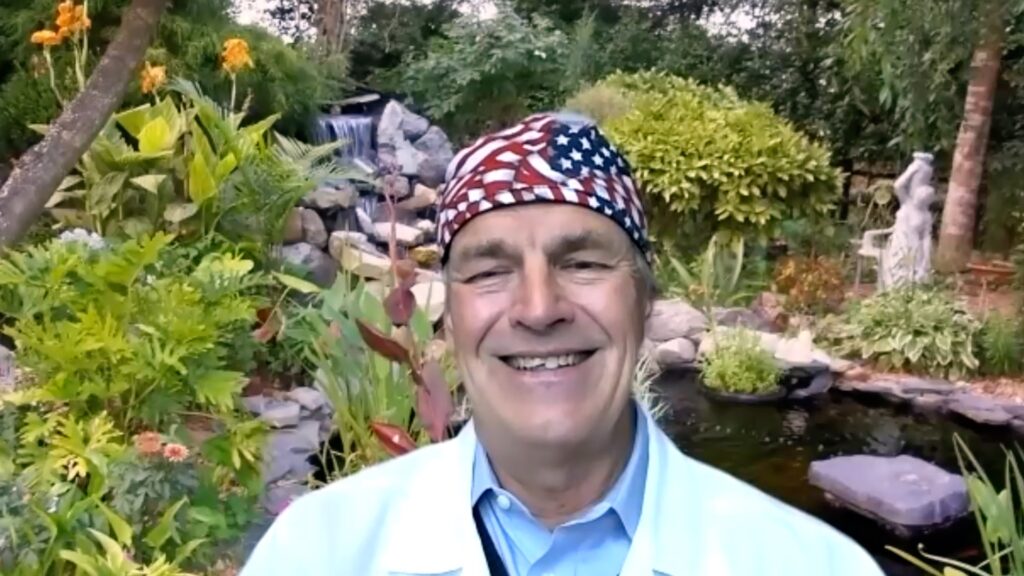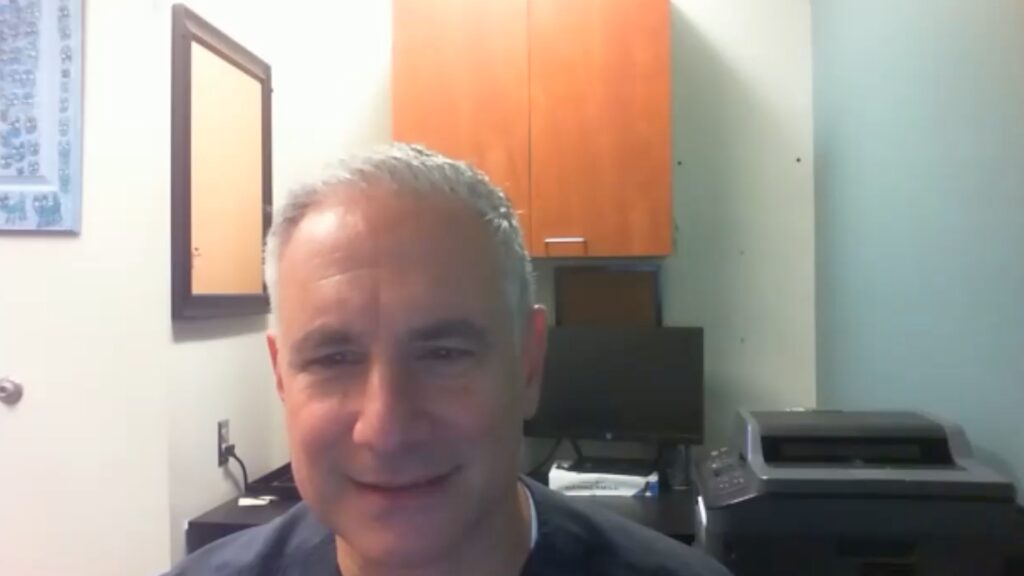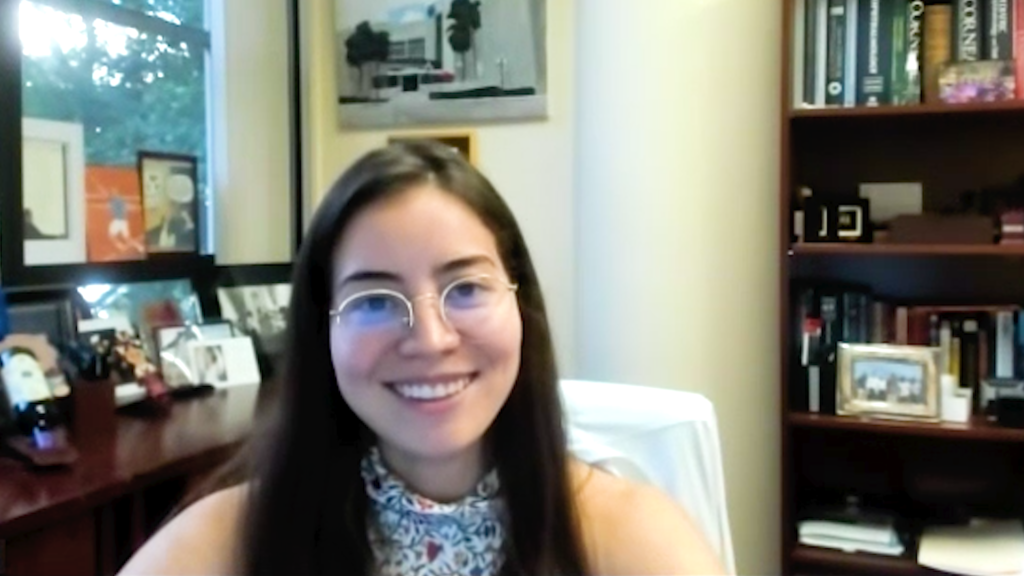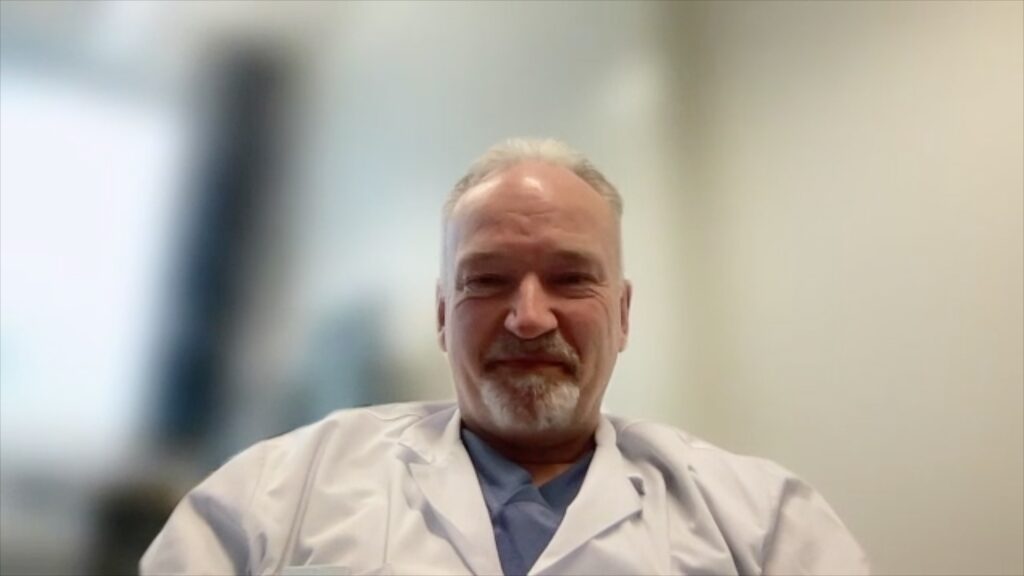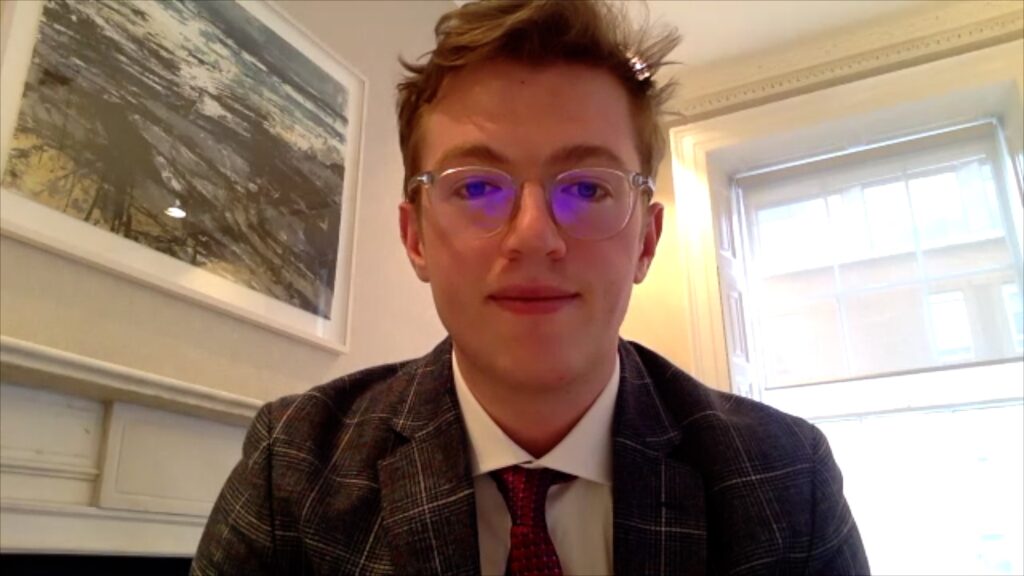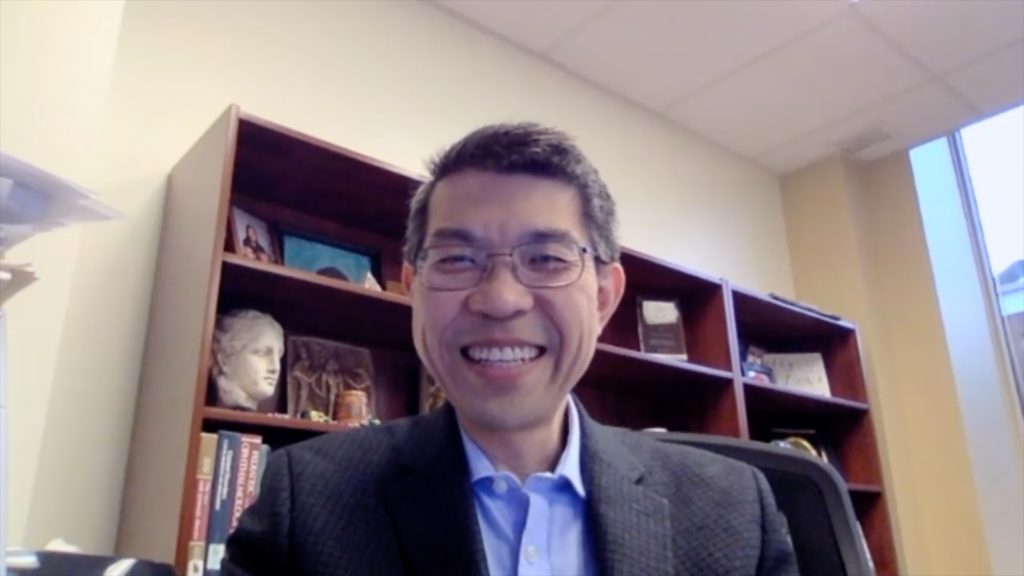Continuing with our Ophthalmologist Power List series, we have an interview from Professor Jod Mehta. Prof Mehta of the Singapore National Eye Centre was named one of the emerging leaders in the 2019 Power List. We recently caught up with Prof Mehta to ask about what motivates him, the most rewarding aspects of his career and the advances he foresees in the future.
Q: What motivated you to become an ophthalmologist?
There were several motivations. At medical school I really enjoyed the surgical postings, but the appeal for ophthalmology was the fact that there was a mixture of medicine and surgery in all our day-to-day work. I also liked the academic aspect of the job, but the key motivator was really the importance of one’s sight in everything we do, and the restoration of vision can really help improve a person’s life. I saw the effect on improving one’s vision in an elderly patient when I was a medical student, and I have seen that story replicated thousands of times throughout my career.
Q: What has been the most rewarding part of your career so far?
I really enjoy the work I do, whether basic research, clinical or translational work, or teaching. The most rewarding part has been able to find a career, which I think I am good at, and really enjoy. As the saying goes, if you enjoy what you do, you will never consider it as work. That’s so true, but it’s easier said than done. As an ophthalmologist, I think we are all very lucky, in that we see the rewarding efforts of our medical/surgical outcomes every day in the patients we treat. I enjoy the fact when you see people who are just overwhelmed with their outcome and it feels even better if it’s something that you have translated from your own research to the patient. That’s really the best reward of my career.
Q: What developments are you most excited to hear about in 2019/2020?
As a cornea refractive surgeon, there are several new things on the horizon which look really exciting. On the corneal side, a lot more translational work will be realised with respect to cell-based therapies. I really see this as the future of corneal transplantation, and with more groups entering this arena, I think this will develop over the next few years. On the refractive side, the integration of technologies, for example diagnostics and lasers, biomechanics and tomography, will improve our assessment of patients even further. The latter is really interesting and a way of improving patients’ safety even further and also improving outcomes.
Support: No funding was received in the publication of this Insight article.
Published: 15 July 2019
Author profile:
Prof Jod S Mehta is head of the Corneal Service Singapore National Eye Center (SNEC), as well as being head of the Tissue Engineering and Stem Cell Group at the Singapore Eye Research Institute and Professor with DUKE-NUS GMS. In his distinguished career, he has trained 22 international fellows, five Masters students and six PhD students. He leads a clinical service and runs a research programme comprising of clinical and translational studies. His work is focused on corneal transplantation, femtosecond laser technology, corneal imaging, corneal infections, corneal refractive surgery, keratoprosthesis surgery and corneal genetics. He has published more than 340 peer-reviewed papers and 14 book chapters. His current H-index is 47, and he has 7,540 citations. He has given over 100 invited plenaries, symposia and named lectures, globally. His research work has generated 15 patents, four of which have been licensed to companies.


